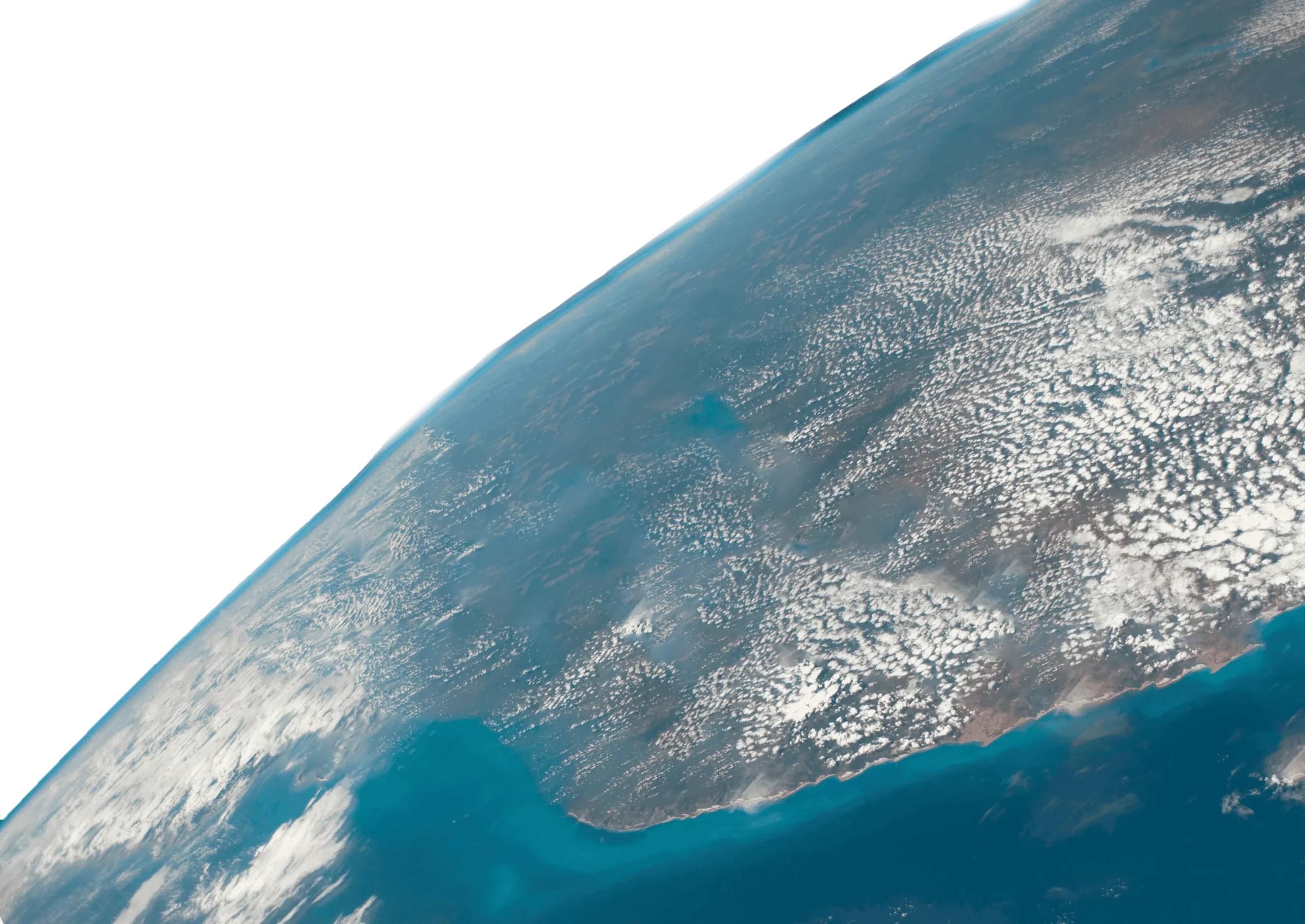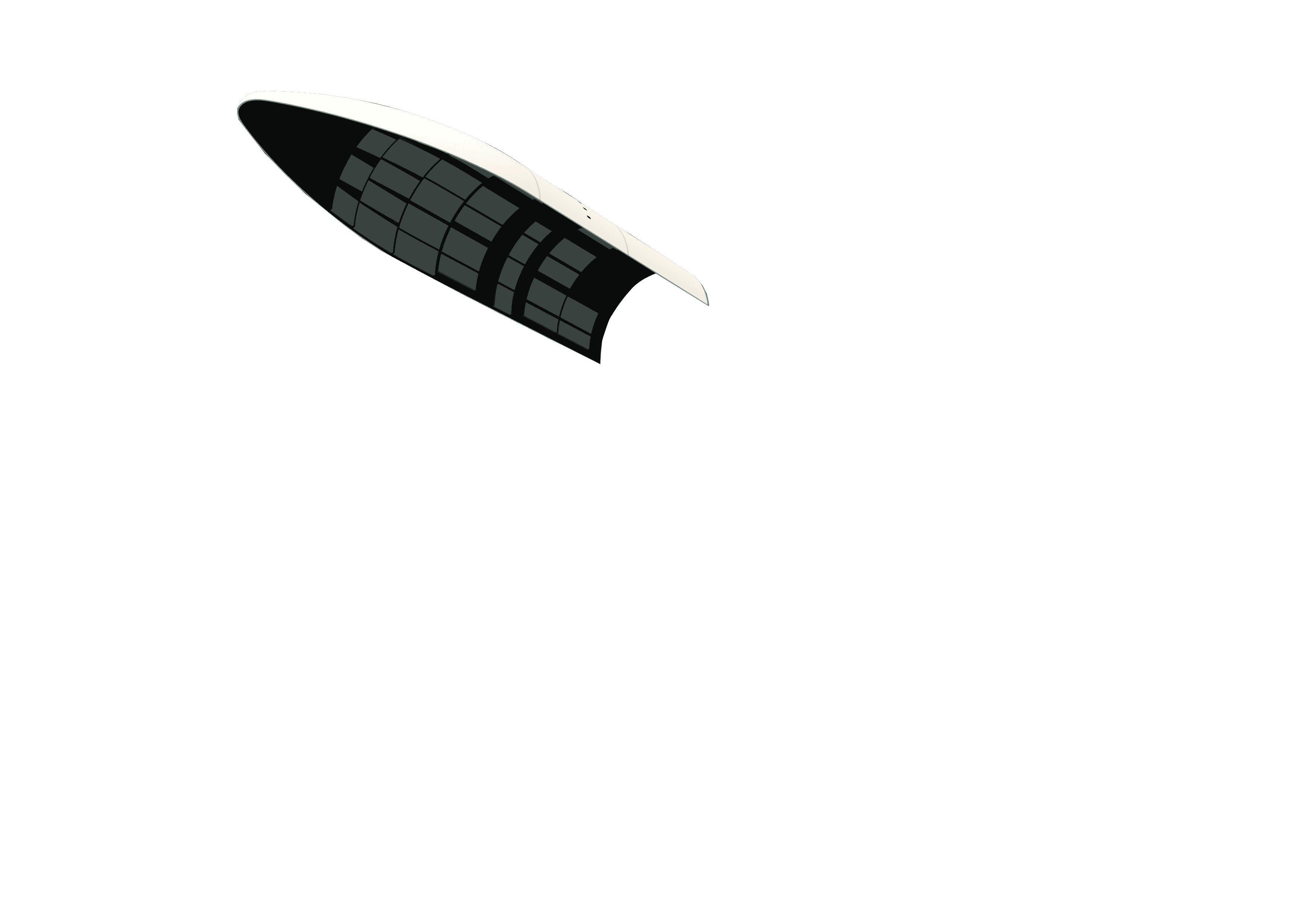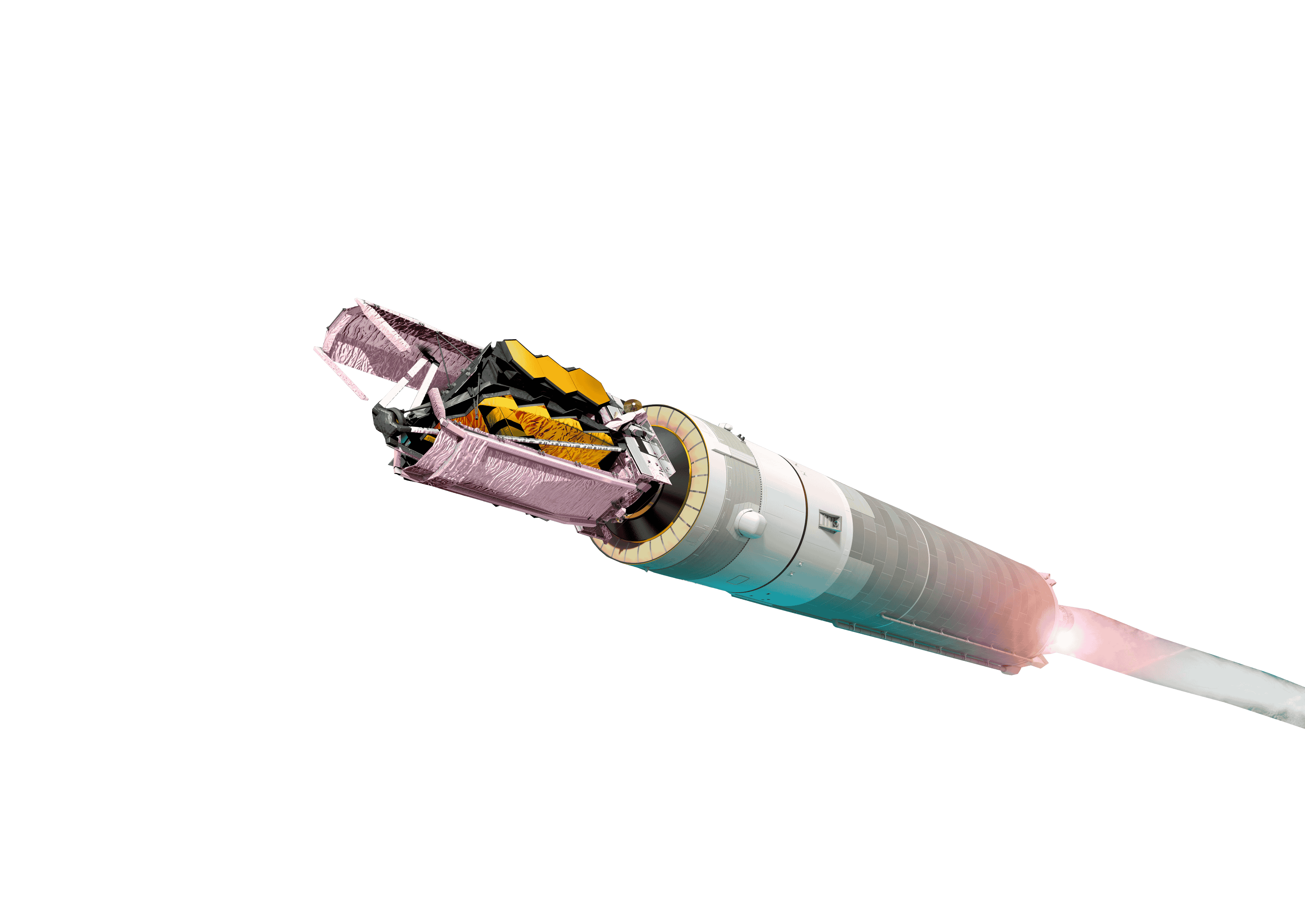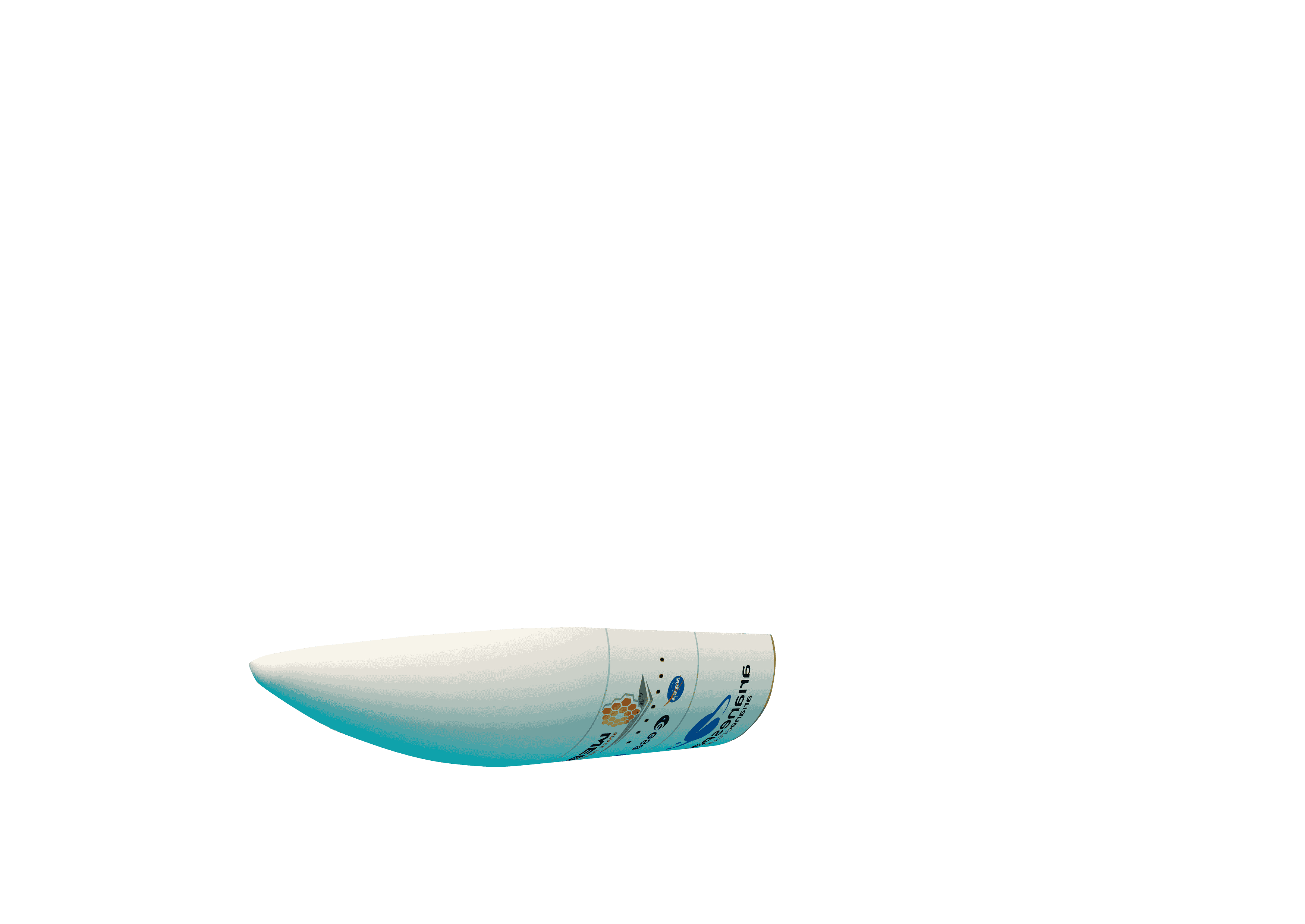



SPACE
RESEARCH
& ACTIVITIES
Interested to collaborate with us in research? What does ETH Zurich | Space offer?
ETH Zurich | Space provides a central platform that brings together the university’s diverse space-related research activities. Its mission is to facilitate collaboration between different research groups and external partners, enhancing visibility and coordination. By providing support for project planning, funding acquisition, and consortium formation, ETH Zurich | Space helps researchers advance their work in space science and technology.
Explore our space research
groups and projects
Life Mission
Large Interferometer for Exoplanets on a mission to investigate exoplanets and search for life.
About the project
Life Mission
ETH Zurich is involved in several ongoing projects that explore a range of topics in space research. The LIFE Mission (Large Interferometer for Exoplanets) is an ambitious initiative aiming to investigate the atmospheres of distant exoplanets to search for signs of life. This project is currently in the conceptual phase, with ETH Zurich leading efforts to develop a space telescope interferometer.
LIFE Mission WebsiteeSA LISA & LISA Pathfinder
Laser Interferometer Space Antenna
About the project
eSA LISA & LISA Pathfinder
In gravitational wave detection, ETH Zurich plays a role in the ESA LISA & LISA Pathfinder missions. These missions focus on developing space-based observatories for detecting gravitational waves. ETH Zurich has contributed to key components such as control electronics and noise mitigation technologies, which are critical for ensuring the success of future gravitational wave observations.
ESA LISA PathfinderJames Webb Space Telescope
The largest optical telescope in space.
About the project
James Webb Space Telescope
The university is also part of the James Webb Space Telescope (JWST) project, having contributed to the development of the MIRI instrument.
This tool is used to study the formation of early stars and galaxies, as well as the atmospheres of potentially habitable exoplanets.
ESA JWST MIRIROBOTS FOR SPACE EXPLORING
Spacebok, GLIMPSE, SpaceHopper & ARISE: various robots to research locomotion for space exploration
About the project
ROBOTS FOR SPACE EXPLORING
As a leader in robotics, ETH Zurich develops systems for space exploration. Projects like SpaceBok and SpaceHopper advanced autonomous robots for low-gravity environments. Building on this, LunarLeaper refines low-gravity locomotion, using hopping for efficient mobility on lunar terrain, enhancing future exploration.
LunarLeaperVenSpec-H – ESA Envision Mission
A high-resolution infrared spectrometer that is part of the ESA EnVision mission.
About the project
VenSpec-H – ESA Envision Mission
ETH Zurich is contributing to VenSpec-H, a high-resolution infrared spectrometer for ESA’s EnVision mission, launching in the 2030s. Developed by a Swiss consortium, VenSpec-H will analyze Venus’ atmosphere, focusing on gases like H₂O, CO, and SO₂, to study geological activity, climate, and surface-atmosphere interactions.
ESA’s TRUTHS MISSION
A precise reference measurements to improve climate models
About the project
ESA’s TRUTHS MISSION
Another major initiative is ESA’s TRUTHS mission, which aims to provide precise reference measurements to improve climate models.
ETH Zurich’s involvement focuses on developing advanced instruments to calibrate Earth observation data, ensuring that climate change studies benefit from the highest possible accuracy.
SOLAR-C MISSION
Monitoring Sun’s energy output through precise measurements of solar spectral irradiance.
About the project
SOLAR-C MISSION
Collaborating with JAXA, ETH Zurich contributes to the Solar-C mission, which monitors the Sun’s energy output through precise measurements of solar spectral irradiance.
The data from Solar-C is vital for understanding the Sun’s influence on Earth’s climate over time
ESA SWARM MISSION
Studies Earth's magnetic field
About the project
ESA SWARM MISSION
Researchers and engineers from ETH Zurich play an important role in the ESA SWARM mission, which studies Earth’s magnetic field. This research helps scientists better understand the planet’s core dynamics and its interaction with solar activity.
The findings from this mission have broad applications, especially in improving forecasts of space weather, which can affect satellites and other critical infrastructure
PAST PROJECT HIGHLIGHTS
NASA InSight
Interior Exploration using Seismic Investigations, Geodesy and Heat Transport
About the project
NASA InSight
ETH Zurich contributed to NASA’s InSight mission, which studied seismic activity on Mars, analyzing seismic data and developing critical hardware. The team designed an electronic control and data acquisition system for the SEIS seismometer, which recorded mars quakes and meteorite impacts, revealing Mars’ internal structure and its geological composition. The data also helped researchers understand processes shaping rocky planets in our solar system and beyond.
ESA ROSSETA MISSION
A high-electron-mobility transistors (HEMTs) used for signal amplification
About the project
ESA ROSSETA MISSION
Another significant contribution was ETH Zurich’s involvement in ESA’s Rosetta mission, where it helped develop high-electron-mobility transistors (HEMTs) used for signal amplification.
The mission, which included the first-ever landing on a comet, relied on these technologies to transmit data from deep space.
ESA Solar Orbiter
Taking the closest ever images of the sun.
About the project
ESA Solar Orbiter
ETH Zurich also contributed to the ESA Solar Orbiter mission, where researchers helped develop the Extreme Ultraviolet Imager (EUI), which captures detailed images of the Sun’s atmosphere.
The data gathered from this mission enhances our understanding of solar phenomena, including space weather, which affects both space-based systems and critical infrastructure on Earth.
Additional Contributions
ETH Zurich is also advancing planetary science through sample return missions, analyzing materials collected from asteroids and Mars. These missions provide key insights into the formation of planets and the early history of the solar system.
In addition to planetary and solar science, the university contributes to crop monitoring, extreme weather prediction, and humanitarian monitoring. By leveraging satellite data and remote sensing technologies, these projects focus on practical solutions for global challenges such as food security, disaster response, and climate adaptation. The ability to analyze large-scale environmental data is crucial in tackling these issues.
On the technological side, ETH Zurich advances machine learning applications in space geodesy, refining satellite navigation systems and gravimetry models for higher precision. Furthermore, research into electro-optic devices for laser communication and millimeter-precise positioning systems is paving the way for more accurate and efficient real-time navigation in space, supporting future missions and exploration efforts.
Download brochure "Overview of space activities at ETH Zurich"eth zurich funding
opportunities
Swiss National Science Foundation (SNSF)
Provides funding for fundamental research across all scientific disciplines, including space-related projects. Key funding options include project funding, career funding, National Centres of Competence in Research (NCCR), and the MARVIS program, which specifically supports multidisciplinary applied research in space, focusing on sustainability, crisis response, and space resource protection.
WebsiteEuropean Space Agency (ESA)
Switzerland is a member state of ESA, and Swiss institutions can participate in ESA programs such as:
- ESA PRODEX (Programme for the Development of Scientific Experiments): This program funds the development and management of scientific instruments
for space missions. It supports Swiss researchers working with ESA on scientific payloads. Applications need to be submitted via the Swiss Space Office (SSO), see below. - General Support Technology Programme (GSTP): Supports innovation and development of new technologies.
- Advanced Research in Telecommunications Systems (ARTES): Focuses on satellite communications
- Earth Observation Envelope Programme (EOEP): Supports projects related to Earth observation missions.
- ESA OSIP (Open Space Innovation Platform): OSIP is an ESA platform designed to collect innovative ideas from individuals, companies, and institutions for future space missions, with opportunities for funding.
Swiss Space Office (SSO)
Operates under the State Secretariat for Education, Research, and Innovation (SERI) and supports Swiss participation in international space activities, particularly within ESA and the European Union space programs. The SSO also manages national initiatives to promote space technology and innovation. SSO provides two key funding options for space projects:
PRODEX Programme for the Development of Scientific Experiments
This program supports Swiss-led scientific instruments and experiments for space missions. It is managed by ESA in collaboration with the SSO and provides funding for the development and management of space science projects.
NASO Funding (National Activities in Space Office)
This funding supports national space-related activities in Switzerland, particularly those that are not directly covered by ESA programs. It aims to promote innovative space technologies and projects with Swiss relevance.
NASO FUNDING WEBSITEINNOSUISSE
Switzerland’s innovation agency provides support for projects that bridge the gap between academia and industry, including space technology. It offers funding for innovation projects, mentoring, and coaching services for startups and collaborations between research institutions and businesses.
INNOSUISSE WEBSITEEuropean Union Horizon Europe
Although Switzerland is not a full member, Swiss researchers can still participate in many Horizon Europe programs. This includes funding opportunities for space research through collaborations and consortia.
WEBSITEESA Business Incubation Centre (BIC) Switzerland
Provides support and funding for startups in space-related industries, offering seed money, coaching, and access to ESA expertise.
WEBSITEInternational Space Science Institute (ISSI) Bern
Offers funding for collaborative space science research, including international teams, workshops, and interdisciplinary forums that focus on space mission data analysis. Researchers can apply for funding to support team projects and scientific investigations.
WEBSITEHow can we
help you?
-
Identify and define
project ideas -
Navigate the space
ecosystem -
Facilitate consortia
building -
Provide legal
support -
Support with
proposals -
Provide project
support -
Find funding
opportunities
contact us now
*Indicates required
